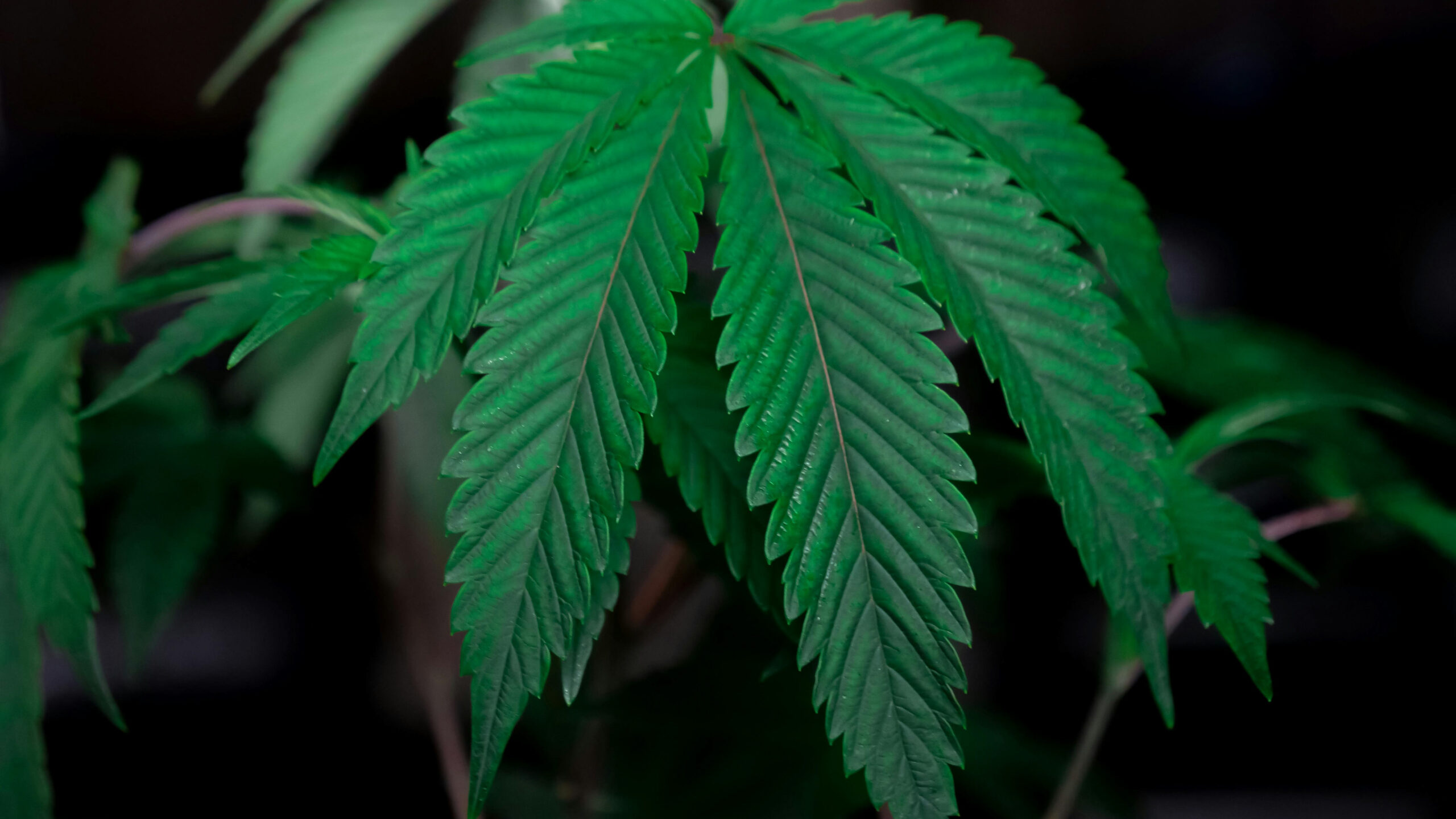A new report from Statistics Canada says almost three in four daily cannabis users had limited control over their usage of the psychoactive drug. This places them at a high risk of developing cannabis use disorder.
Ruth Ross, a professor at the University of Toronto, said cannabis use disorder is a condition where people are dependent on cannabis.
“Cannabis use disorder is a term that is used by physicians and medical teams in terms of being able to diagnose and help treat problematic cannabis use, so becoming dependent on cannabis,” Ross said.
A related Statistics Canada study showed that most cannabis users were not harmed but there was a “minority will be adversely affected, including by the development of a cannabis use disorder.
“While the direct harms to cannabis consumers and to others, tend to be lower than for many other drugs, cannabis use is not always benign,” the study said.
Namratha Sridevi, a full-time musician in Toronto, was one of the young adults who experienced cannabis use disorder.
After landing a human resources job in the corporate world, Sridevi was dealing with stress and anxiety. This caused her to turn to cannabis as a solution, and it wasn’t until the end of 2022 that she developed some sort of dependency on it.
“I did have a very stressful job, and to get through the day and not be stressed out, that was my relief,” Sridevi said.
“I did develop a dependence because of the stress of my job,” Sridevi said.
Her dependency on cannabis ended up affecting her relationships with her partner and co-workers. Whenever she would spend time with her partner, she would feel uneasy. Her co-workers at her job would be at a distance due to her being under the influence.
“It was uncomfortable for a lot of people around me. To talk to me and address me,” Sridevi said.
“We didn’t spend any full time together,” Sridevi said about her relationship with her partner. “When he did come back and we would spend time together, I would just be kind of agitated. I would be under the influence most of the time.”
The feeling Sridevi described could potentially be a sign of withdrawal. Ross said symptoms usually occur when people try to stop using cannabis.
“When they try and stop using cannabis to improve things, they go through all these withdrawal symptoms,” Ross said. “They would get kind of agitated or (have) problems sleeping.”
The Statistics Canada study of the 2019-2020 Canadian Community Health Study found “higher percentages of cannabis users with impaired control (those who have a craving or strong urge to use the cannabis) reported, “failing to meet other expectations or obligations; experiencing various health, social, legal or financial problems because of this use; and being told by others that they were concerned about their cannabis use.”
Although people tend to take cannabis to help with their anxiety, Ross says there is no actual evidence that it solves mental health issues.
“The current public health consensus would be that generally, cannabis would be something to be avoided in terms of mental health,” Ross said.
The 2023 National Cannabis Survey from StatCan reports one-third of young adults ages 18 to 44, and one in seven adults ages 44 and above, have used cannabis in the previous year.
Almost three in four cannabis users who used cannabis religiously were at a high risk of developing cannabis use disorder. Frequent use of cannabis is a sign of dependency.
Symptoms of cannabis use disorder may include frequent use, high levels of THC potent in the cannabis, and the age at which one might start consuming cannabis.
“Might be related to the age in which they start using, might be very much related to how frequently they use cannabis, and the potency of the cannabis that they’re using Those are the things that will really have a big impact on developing cannabis use disorder,” Ross said.
The rate of cannabis use disorder is only increasing. The increase would have to do with the high levels of potency products available in Ontario.
“In Ontario, legally there are very high potency concentrates available, which of course people were using non-legally as well,” Ross said.
“The legal market’s provided safe supplies, safe products, safe place to buy them, not decriminalize, all those things which are good things,” Ross said.
Ways to reduce the risk of developing cannabis use disorder would be to consume low potency level products, but according to Ross, people don’t always know what low is.
“People don’t really have a good idea of what dose would be lower and safer,” Ross said.
A low-potency product would have to be below five per cent.
Other ways to minimize the risks of cannabis use disorder would be using cannabis at a later age than usual, and lowering the intake of the psychoactive drug. From using it daily to using it as little as possible.
“The public health message to everyone who would like to use cannabis needs to be that cannabis use disorder is a real thing,” Ross said.
Sridevi doesn’t smoke cannabis anymore, but having to undergo her own share of experience with the disorder, she says that people should first understand their need for smoking before they take up cannabis.
“Consciously just giving yourself those boundaries before you use any amount of cannabis is a good activity. I think setting intentions before using it definitely helps with not developing a dependence,” Sridevi said.

